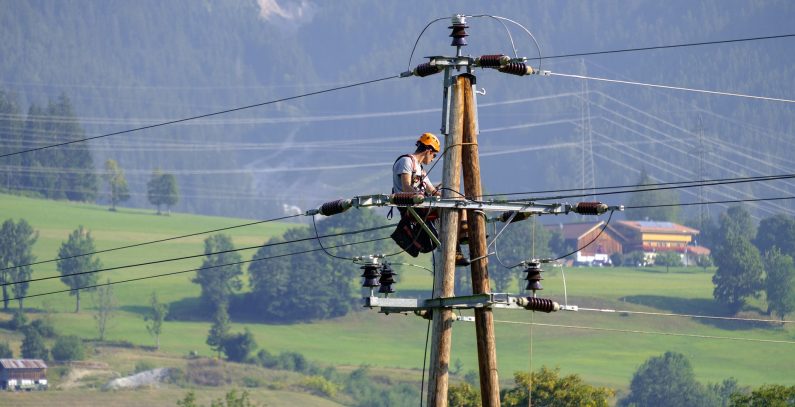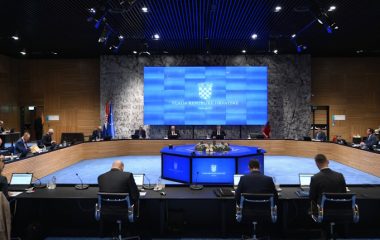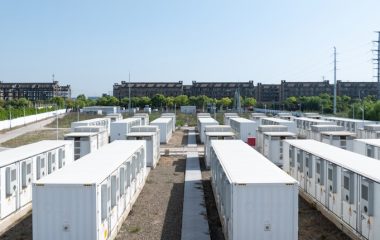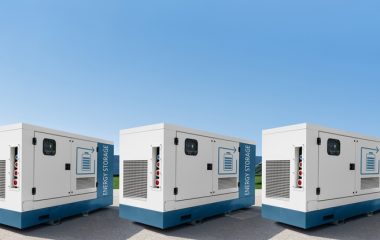
Photo: Bruno Glätsch/Pixabay
Share
Bulgaria’s authorities have adopted changes to the transmission and distribution grid connection rules, in a step aimed at reducing the administrative burden on producers and consumers of electricity from renewable energy sources (RES), according to an eAlert from law firm CMS Sofia.
The amendment and supplement for Ordnance 6 of 2014 concerning grid connection rules was issued on September 27, after the Energy and Water Regulatory Commission (EWRC) adopted the changes earlier in September as a follow up to efforts by the Bulgarian government to implement measures addressing problem areas hampering investment growth in the RES industry.
Revision to the Ordinance was also influenced by amendments to the Spatial Development Act (SDA) that came into effect earlier this year. The SDA’s Article 140a resulted in the submission of a request for studying the conditions for connecting a plant to the grid. This, in turn, led to significant changes in the regime for connecting new RES producers, which are contained in the Ordinance, the eAlert reads.
Grid operating companies now will be able to provide ex officio coordination and all necessary information during the grid connection procedure, which is expected to greatly assist new applicants.
Grid operators cannot impose additional conditions that may hinder RES producers or consumers
In addition, pursuant to the restriction found in Article 140a of the SDA, grid operators cannot impose additional conditions that may hinder RES producers or consumers.
The Ordinance requires grid operators to provide data on their preparation of designs and plans within 14 days of receiving this request. The data will be provided free of charge.
Most importantly, the new Ordinance abolishes the existence of preliminary grid connection agreements as necessary for approval of investment designs. No longer will RES producers be required to have such concluded prior to filing for approval of their projects. The preliminary agreement is replaced by a statement on the grid connection conditions.
The adopted changes are expected to speed up the time-consuming process and eliminate one step in the grid connection procedure, making it easier to start a RES project
Changes under the Ordinance also apply to terms. Designs for site facilities to be connected by the grid operator should be approved within a term of seven working days. When another grid operator is involved, the term can be prolonged, but not by more than 30 days from the date the designs are submitted for approval.
The terms for issuing a statement on grid connection conditions and preparing a grid connection agreement have been shortened by one half.
A grid connection agreement may now be concluded with a person holding a document issued according to the procedure under Article 140a, paragraph 7 of the SDA (i.e. design visa with exit data on grid connection). In addition, an agreement can also be concluded with title holders or holders of other real property rights.
RES producers should file a sketch of the property where the plant is to be constructed and include it together with the application for grid connection for sites up to 1 MW installed capacity. For all other sites over 1 MW, a copy of a design visa or approved Detailed Zoning Plan (if obligatory under the SDA) should be filed.
Putting RES sites into operation must be undertaken according to Article 177, paragraph 2 of the SDA, except for sites with an installed capacity of up to 1 MW. All the adopted changes in Ordinance 6 are expected to speed up this time-consuming process and eliminate one step in the grid connection procedure, making it easier to start a RES project.
It is important to note that the unfinished procedures for grid connection upon the entry into force of the amended and supplemented Ordinance shall be completed in accordance with the current revision of the Ordinance, CMS Sofia writes in the eAlert.









Be the first one to comment on this article.